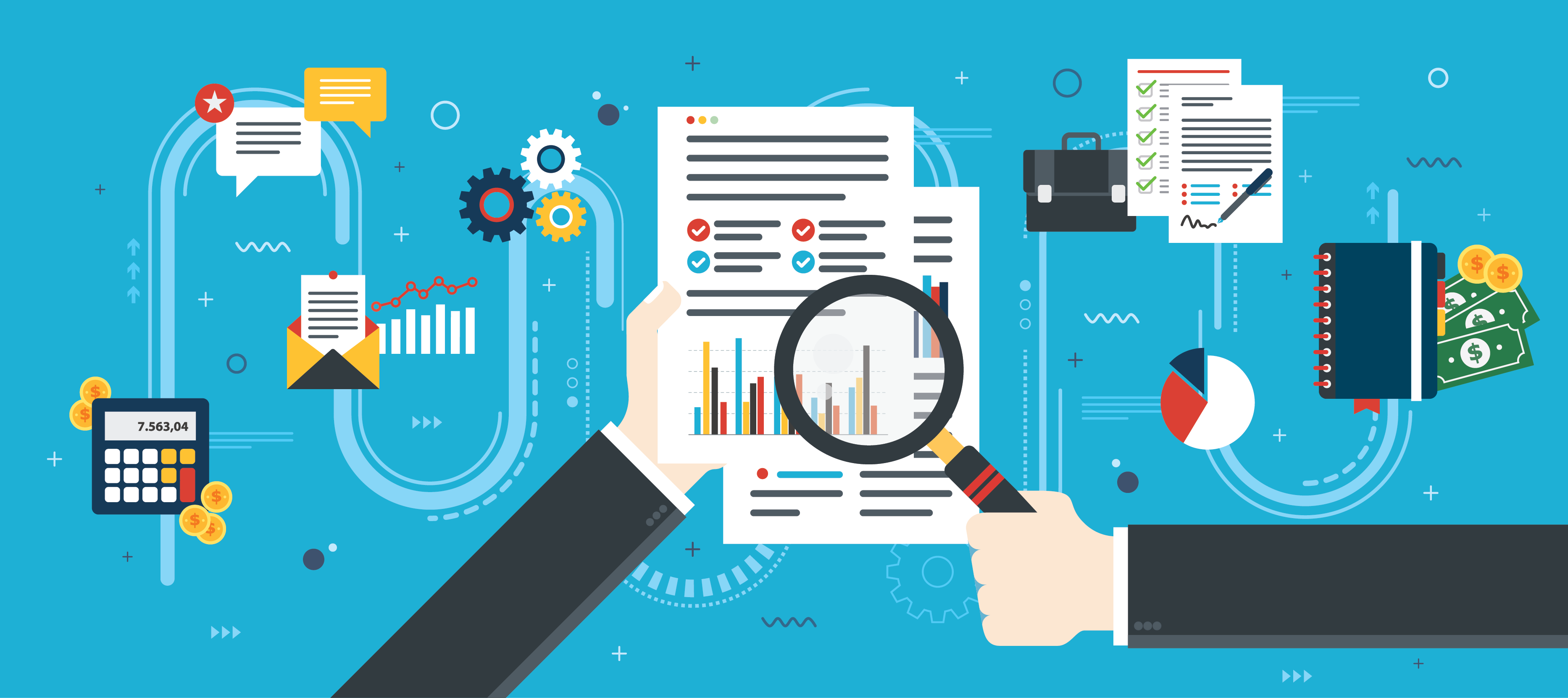By Louann Cassano
Feel like your accountant is speaking another language? We won’t make you feel that way. Here are some common accounting terms to help you sound like an accounting pro:
The Balance Sheet is the financial statement that includes your assets, liabilities and equity. Assets always equal Liabilities plus Equity.
Income Statement (also known as the P&L) is the financial statement that includes your sales and expenses. The expenses are subtracted from sales to arrive at net income or loss at the bottom.
Cash Basis financials only include revenue when the cash is received and expenses when the cash is paid, whether it’s earned or not.
For Accrual Basis financials, revenue and expenses are only reported if they are earned, whether or not paid.
Assets include items like cash, accounts receivable, prepaid expenses, inventory, computers, furniture & fixtures, etc. They are listed on the balance sheet in order of liquidity, where cash, which is the most liquid is usually first. Some assets:
- Accounts Receivable is the money owed to you from your customers for sales. This is only reported on accrual basis financials.
- Prepaid Expenses are advanced payments of future expenses. An example is an entire year’s insurance paid at the start of the year. It’s recorded to prepaid expense and then 1/12 of it is expensed each month during the year. This is also only reported on accrual basis financials. On cash basis, the entire payment is expensed when paid.
Liabilities are debts the company owes to others such as accounts payable for bills received but not yet paid, accrued expenses, loans payable, etc. These are also listed in order of liquidity, so the liabilities due sooner are listed first. Some liabilities:
- Accounts Payable is the money you owe for items and services purchased and received and have been billed for but haven’t paid for yet. You have the bill but it might not be due for another month, so it’s a payable on your balance sheet. This is only included on accrual basis financials.
- Accrued expenses also represents money you owe for items and services purchased and received but haven’t paid for yet. These are similar to Accounts Payable but you haven’t received a bill for these. An example is accrued bonuses paid annually in January for the prior year. Bonuses are an expense to the company throughout the prior year so should be accrued each month that year. This is another item only included on accrual basis financials.
- Unearned income (or Deferred Revenue) is the money received for sales of services or products for which you haven’t yet provided to your customer so it’s recorded to this liability account until earned. This is only included on an accrual basis balance sheet. On a cash basis balance sheet, this money is included in sales when received.
Equity is what’s left when you reduce liabilities from assets. For the most part, it includes the company’s net income, distributions to the owners and contributions from the owners.
Some examples of expenses on the P&L are:
- Cost of Goods Sold (or COGS)are the costs on the P&L directly associated with creating the products or services you sell.
- Depreciation is the estimated loss in value of your fixed assets, such as furniture & fixtures, computers or a company car. This expense is one of the few expenses that has no impact on your cash.
Cost Basis is a term used for assets, such as investments or fixed assets (computers, furniture & fixtures). For investments, it’s the original cost of the investment, adjusted for items like stock splits or reinvested dividends. For fixed assets, it’s also the original cost less any depreciation. The gain on the sale of an investment or fixed asset is basically the difference between the sale price and the cost basis.
A General Ledger is a report that contains all of the financial activity (or every accounting entry) and the ending balances for all of the accounts of a company. It includes everything on the balance sheet and P&L.
A Trial Balance is similar to a general ledger but it only includes the ending balances for all of the accounts and none of the activity.
Cash Flow is a report that provides details of the cash activity. It shows how the change in the balance sheet accounts and income impact the cash balance. It’s broken down into 3 categories – operating, investing and financing activities. The net of the activity in the 3 categories is the difference between the cash balance at the end of the period and the start of the period.
Louann Cassano is a Senior Accountant at Wiss & Company, LLP in our Outsourced Accounting Services Department. If you would like to contact Louann, you may reach her at lcassano@wiss.visioncreativegroup.com or at 973.994.9400.
